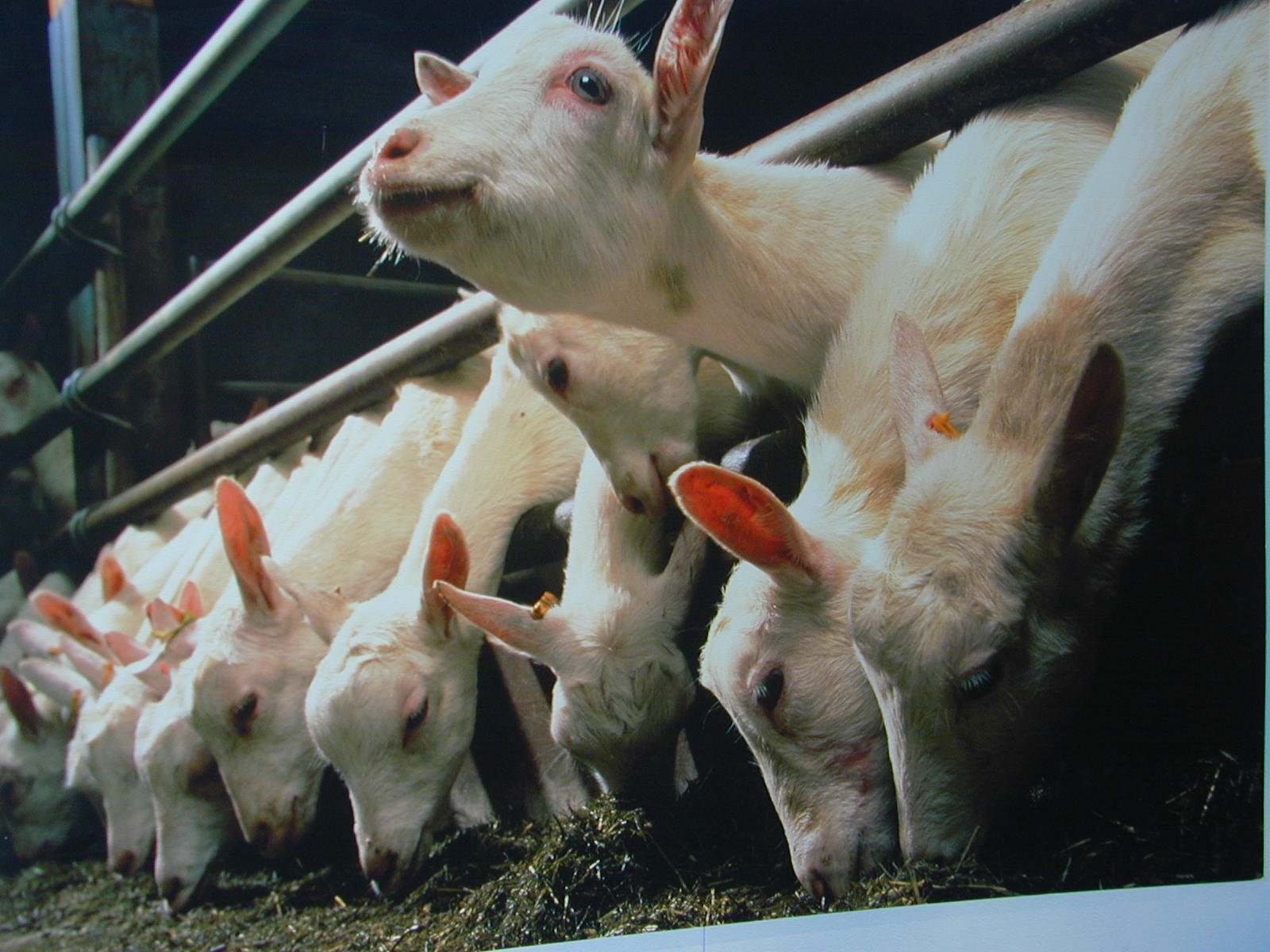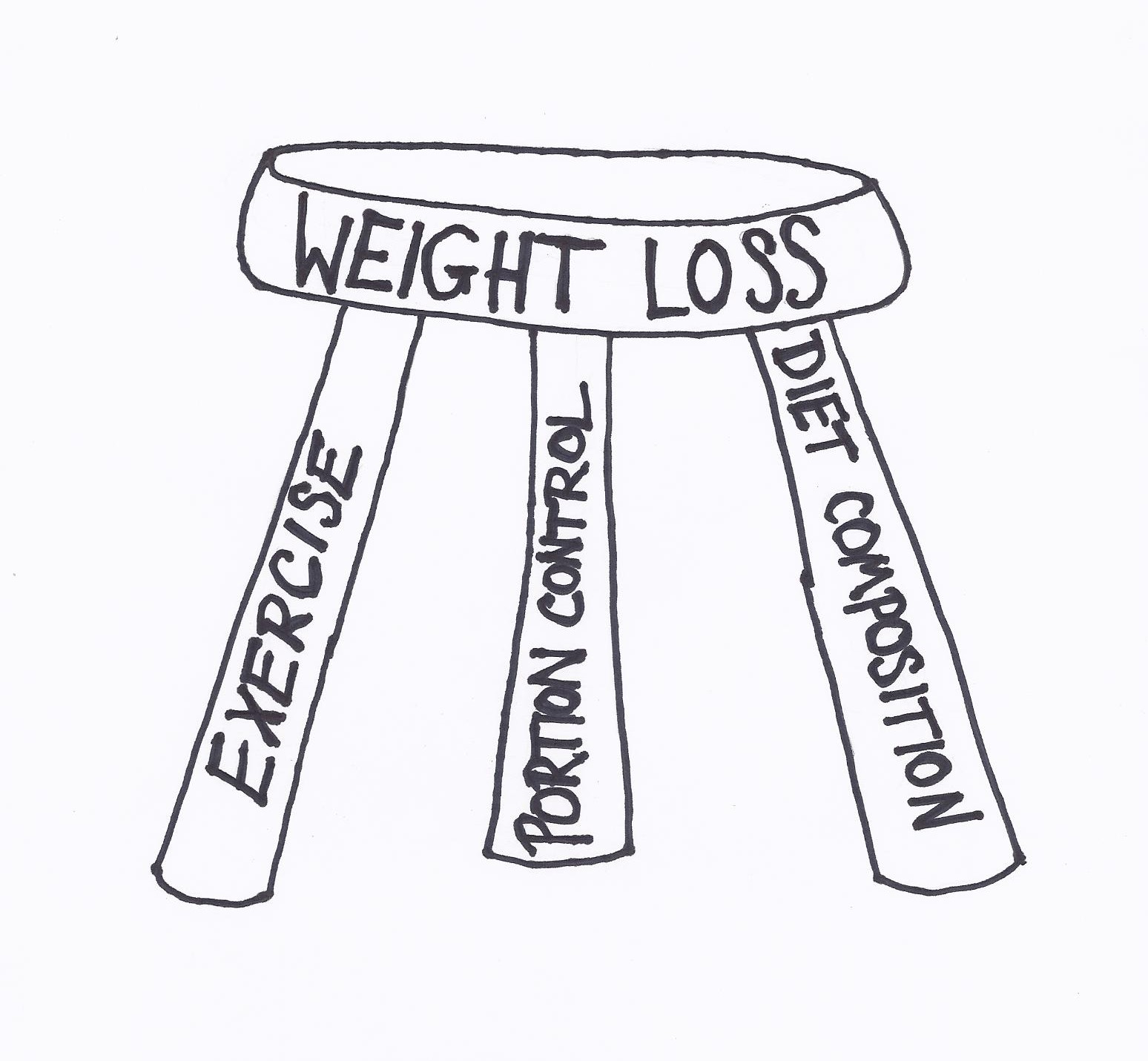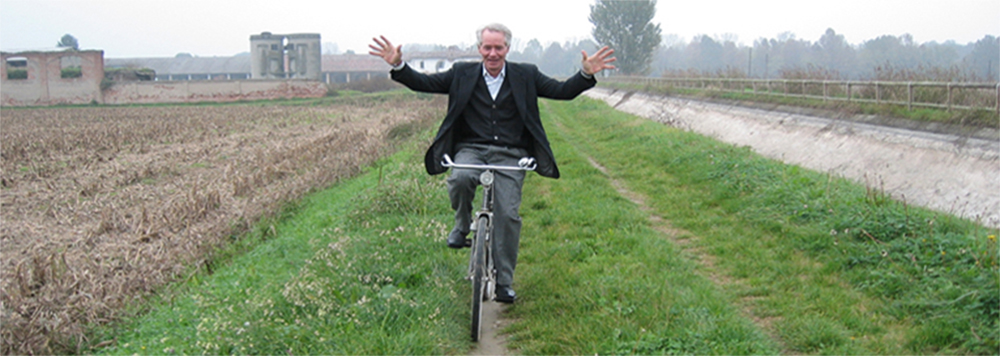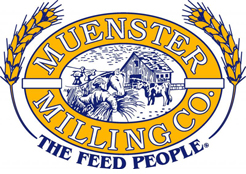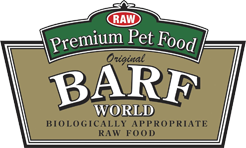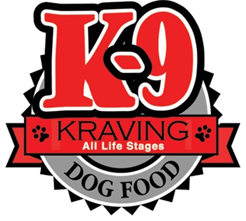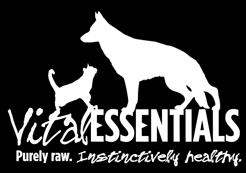People charged with overseeing the safety of our food supply have a crucial role in society that is not properly appreciated. In a westernized community, food borne illness is so rare that citizens take food safety for granted. In the United States, the probability of a lethal food poisoning from any one meal is one in 73 million1. Such stellar success actually makes it difficult for authorities to get anyone to listen to them, except in moments of high drama or sudden fear.
So maybe we should be more attentive when they sternly rap the desk with a hickory rod and promise dire things. Perhaps it is understandable when authorities get a bit over-reaching when nobody will listen to them. Understandable, but not acceptable. After a long career in science, the last person I will listen to is the one telling me they know what’s good for me or they know the answer to my question. The person I want to listen to, intently, is the one who says, “I don’t know the answer. But, I can tell you this…” The person willing to admit ignorance on a subject, indeed compelled to, is the one who has studied it carefully and deeply, and the one best able to inform others. Sadly, we are surrounded by evidence of the myopia of establishment thinking and dogma. You don’t have to cite the world-is-flat doctrine or the Spanish Inquisition for proof. For example, according to the all-knowing authorities in the 1960s, butter would kill you and margarine would prevent death by butter. Today, exactly the opposite is known to be true. Butter is a rich source of anti-cancer nutrients, while margarine is proven to be full of carcinogens. Simple total blood cholesterol is now understood to predict nothing, but for decades entire societies remade themselves at the altar of cholesterol.
Level headed professionals do not attack raw pet food with fear mongering. Raw food, human or pet, may be a vector for pathogens, but it can also be a source of beneficial bacteria, undamaged vitamins and enzymes, higher palatability and greater digestibility. There are people who have been selling raw pet food for decades and never had a single problem with salmonella or listeria. Everybody counsels that proper food handling is imperative, just as for any raw meat. What I’m saying: In considering the place of raw pet food in the larger picture, I do not blindly accept the perceived wisdom of its market competitors or its market policemen. The perspective from these sectors is part of the fact gathering and due diligence, but so too is the point of view and insights of raw food proponents.
In the US, there is a pet for every other person. They are everywhere. From this we can conclude pets must be of import and value to people, bringing something worthwhile to their lives. It follows that there would exist an industry catering to pet owners. This is what happens in a free market society; entrepreneurs are rewarded for filling needs. Pet foods are a major portion of this support industry, with dry pet food the leading type. Dry pet food predominates because it is acceptable nutrition, economic and convenient. No argument here. Dry pet food is the cheapest and needs no refrigeration.
Dry pet food is acceptable nutrition but it is not the best nutrition. This should be another “no argument here,” but instead we run headlong into the entrenched thinking of the establishment. At this point, I consider any observation from the dry pet food industry as inadmissible; these people have an ax to grind and should recuse themselves from the debate about acceptable vs best pet nutrition. It is allowed, without hesitation, they have a sound argument for convenience and economy, but dry pet food is too high in soluble carbohydrates and not the best diet. Some people want the best nutrition for their pet and are willing to work harder and pay more to have it.
Keeping the home environment free of food danger is central to the mandate of regulatory agencies, and they see raw pet food as a vector for pathogenic bacteria to get into the home kitchen. Evidence they generated supporting their case: 7.6% of raw pet foods bought by the Center for Veterinary Medicine from on-line suppliers tested positive for salmonella (and 16% for listeria) compared to 0% of dry foods2. In the US each year, salmonella causes 1.2 million illnesses in people, 23,000 hospitalizations and 450 deaths. Chickens are the source of the vast majority of these cases. Over 92% of non-human, non-clinical positive lab reports for salmonella are from chickens. According to Dan Engeljohn, Assistant Administrator of USDA/FSIS field operations: “Salmonella will never be eliminated. Salmonella is so ubiquitous in the market that you wouldn’t have any raw poultry unless it was all irradiated” (sterilized with radiation). As a matter of fact, the agency has a “performance standard” for rates of Salmonella contamination on whole, raw chicken, allowing a prevalence of 7.5 percent. In practice, however, inspectors consider poultry plants to be in compliance when five in 51 tests, or nearly 10 percent, are positive for Salmonella3.
Oh. So the federal regulatory agency considers 10% salmonella occurrence in grocery store poultry as “background noise” but 7.6% in pet food as cause for alarm? That’s hardly an even-handed approach to consumer protection. The thing that is most irritating about this report from a federal agency is it is biased and out of context in its focus on raw pet food. Granted, salmonella is bad, regardless what vector it rides into people’s kitchen, but the real issue here is chicken, from any source, from raw pet food or from the grocery store. A more useful trial from the consumer’s perspective would be to sample grocery store chicken and raw pet food with chicken as an ingredient, and contrast the percent salmonella positives. We already know what each assays independently—they are identical. For proper scientific validation, all that is lacking is to have the two together in the same trial. An additional trial incumbent upon the agency to run is to look at salmonella in raw pet food with and without chicken as an ingredient. Without chicken, it may be devoid of salmonella, which we’re entitled to know.
If raw pet food with chicken as an ingredient and grocery store chicken are identical in percent salmonella positives, then the logical nature of this discussion should be to alert the consumer (and cook) of the hazard of raw chicken and to provide education and guidance on how to properly handle and prepare chicken. Of course included in this discussion should be raw pet food that contains chicken as an ingredient. The point: It is behavior unbecoming a federal agency to recommend against raw pet food yet say nothing against grocery store chicken when both are identical in their failings and chicken is many times more commonplace in the American kitchen than frozen pet food in the freezer.
Notes:
1. There are 330 million Americans eating 3 meals every day. That’s a billion a day for a total of 365 billion meals each year. CDC reports there are 5000 food borne illness deaths a year, or one for every 73 million meals eaten.
2. Get the facts. Raw pet food diets can be dangerous to you and your pet.
http://www.fda/AnimalVeterinary/ResourcesforYou/AnimalHealth Literacy/ucm373757
3. USDA: No Foster Farms recall of Salmonella-tainted chicken for regulatory reasons.
http://www.oregonlive.com/health/index.ssf/2013/10/post_76.html
An additional reference stating the 7.5% permissible level of salmonella in whole chicken.
http://www.meatingplace.com/Industry/News/Details/45315?allowquest=true


